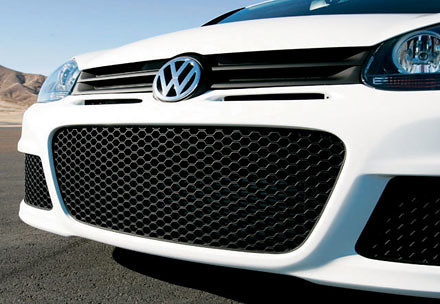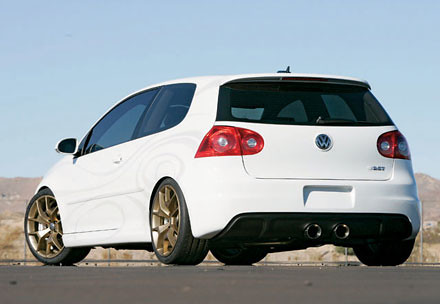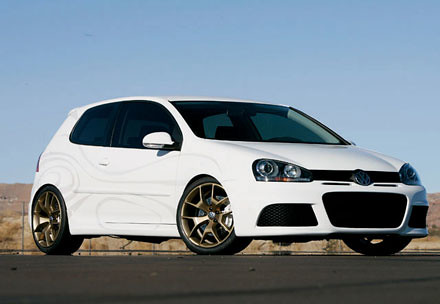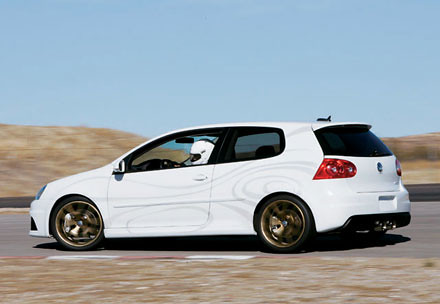
For their twincharger concept for engine, Volkswagen selected the direct-injection FSI from its EA 111 engine, like that found in the Golf. Then they had to make a new, highly-resilient gray cast-iron cylinder crankcase, which should be able to withstand the higher pressure, a coolant pump with an integrated magnetic clutch and supercharging technology.
From there, they also changed the injection system, with a multiple-hole, high-pressure injection valve with six fuel outlet elements. It was actually the first introduction for this multiple-hole kind. The injector is arranged on the intake side just between the intake port and cylinder head head seal level.
They needed to support the wider variability in the quantity of fuel needed across the range of operation to optimize the twincharging. This may have posed a problem at that time but to remedy this, VW increased the maximum injection pressure to 150 bar.
For the type of compressor to be used in this engine, they selected the Roots-type supercharger. This type of compressor doesn’t actually compress air within the device. It moves a fixed volume of air per rotation with the use of two counter-rotating lobes. Compression then happens in the intake manifold.
The good thing about superchargers is that it can provide a large amount of boost even if at low engine speed. The downside with this is that it generates a lot of heat.
The turbocharger and the compressor is connected like a series. A fresh air required for a given operating state needs to get through either to the exhaust turbocharger or in the compressor. It is the control valve which ensures that the passing of the fresh air happens.
When the exhaust turbocharger operates alone, the control valve is open. During this, the air follows a normal path like those in conventional turbo engines(front charge-air cooler, and the throttle valve into the induction manifold).
The compressor is run by a magnetic clutch incorporated in a module inside the water pump. The clutch disengages the compressor in turbocharging conditions. The twincharger’s maximum boost pressure is at approximately 2.5 bar at 1,500 rpm, with the mechanical supercharger and the exhaust turbocharger operated at about the same pressure ratio. The compressor can deliver a boost pressure of 1.8 bar even just above idling speed.
The traditional exhaust turbocharged engine could only deliver a pressure ratio of about 1.3 bar, and this is also without the assistance of a compressor. The faster response of the turbocharger allows the compressor to be depressurized earlier by the continuous opening of the bypass valve. The compressor activity is limited to a constricting engine map area with a preponderantly low pressure ratios and so there is low power consumption.
This would mean that the compressor is only needed for generating the required boost pressure in the engine speed ranging up to 2,400 rpm. For optimum efficiency in the upper power range, the exhaust turbocharger is used, ad this provides also the adequate boost pressure even in the medium speed range.
For acceleration, an automatic boost pressure control decides if the compressor needs to be switched on to deliver the tractive power required, or if the turbocharger alone can handle the situation. The compressor is switched on again if the speed drops to the lower range and then power is demanded again. The turbocharger alone delivers adequate boost pressure above 3,500 rpm.
And that is how Volkswagen’s TSI engine works, and the very reason it was voted to be the International Engine of the Year award this 2007.













